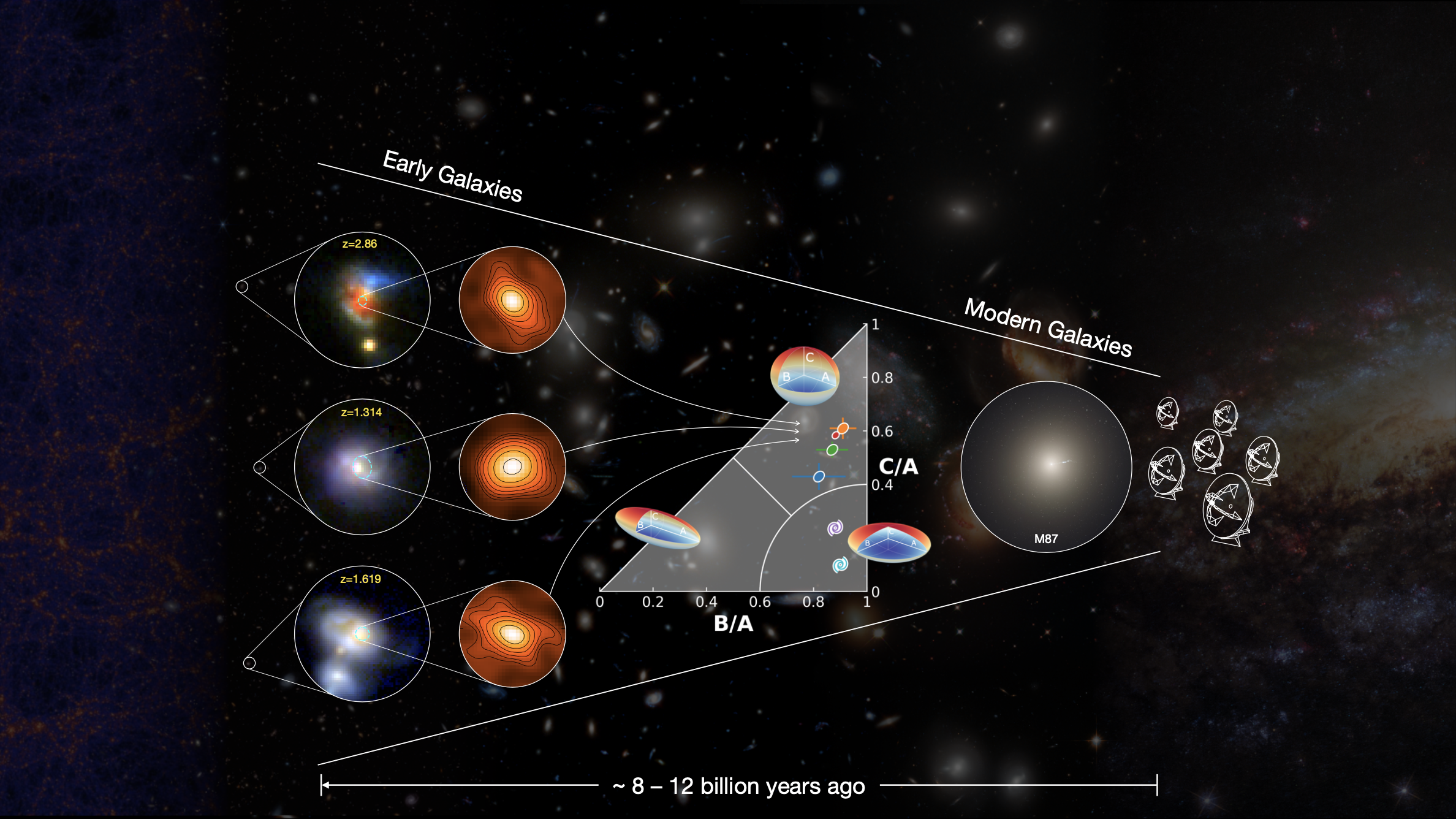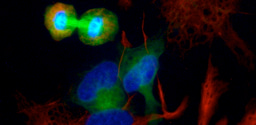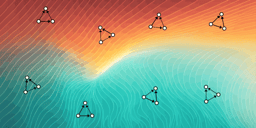Witnessing the in-situ spheroid formation in distant starburst galaxies
Published in Astronomy

Where It All Started
Galaxies in today’s Universe are diverse in morphologies and can be roughly divided into two categories: younger, disk-like spiral galaxies, like our own Milky Way, that are still forming new stars; and older, elliptical galaxies, which are dominated by a central bulge with old stellar age, no longer forming stars and mostly lacking gas. These spheroidal galaxies contain very old stars, yet how they formed has remained a mystery—until now.
 Diagram of the Hubble sequence showing how galaxies are classified, from ellipticals to lenticular galaxies (S), and the “tuning fork” for spirals. Credit: NASA & ESA
Diagram of the Hubble sequence showing how galaxies are classified, from ellipticals to lenticular galaxies (S), and the “tuning fork” for spirals. Credit: NASA & ESA
The morphology and structure of galaxies are among the most common ways to describe and study them, offering crucial insights into how galaxies form and evolve. Studies have shown that most galaxies have a dense stellar nucleus at their centre, and their morphology is closely tied to the bulge-to-disk ratio. Galaxy disks are often well characterized by an exponential decline in surface brightness with increasing radius, while the bulge is a brighter, centrally located structure that exceeds the inward projection of the disk's exponential profile. However, the physical processes driving morphological evolution and structural diversity are still unknown. For example, how does the central spheroidal component form?
Most of the mass in local galaxies is found to have formed between redshifts 1 and 3 when the Universe was between 5.9 and 2.2 billion years old. This era, known as “cosmic noon”, marks the peak of cosmic star formation activity. Observations of the most actively star-forming galaxies during this time have long been suspected to be related to spheroid formation. However, confirming this link has been challenging due to heavy dust obscuration when focusing on their stellar emission, and the limitations of methodologies and signal-to-noise ratios when studying these galaxies at submillimetre wavelengths.
What We Discovered
We collected deep Atacama Large Millimeter/submillimeter Array (ALMA) archival observations on over 100 bright galaxies in submillimeter emission with redshifts dating to the “Cosmic noon” era. This sample was selected using the only criterion of having a sufficiently high signal-to-noise ratio which enables reliable measurements of morphological parameters.
Using a novel analysis technique that quantifies the galaxy morphology by fitting two-dimensional Spergel functions directly to interferometric observations — rather than the traditional approach of fitting profiles to reconstructed interferometric images, which can limit information and introduce biases — we found that the submillimeter emission in most of our sample galaxies is extremely compact. The surface brightness profiles deviate significantly from those of exponential disks. This result was unexpected, as it suggests that the submillimeter emission typically originates from structures that are already spheroid-like, a finding that contradicts the conclusions of previous studies.
Additional evidence for this spheroidal shape comes from a detailed analysis of the galaxies’ 3D geometry. Modelling based on the skewed-high axis-ratio distribution reveals that, on average, the shortest axis is about half the length of the longest axis, and this ratio increases with spatial compactness. The nearly round shape indicates that most of these highly star-forming galaxies are intrinsically spherical rather than disk-shaped. The combination of steep surface brightness profiles and the triaxial geometry observed in submillimeter-bright galaxies strongly supports the idea that spheroids can form directly through intense star formation within the cores of highly luminous starburst galaxies in the early Universe.

Schematic diagram shows how spheroid formation occurs in distant submillimetre-bright galaxies and how this process might link to the evolution of giant elliptical galaxies in today's Universe. Credit: Tan et al. 2024
This observational discovery, combined with insights from numerical simulations, has shown us that the main mechanism behind the formation of these tri-dimensional galaxies (spheroids) is the simultaneous action of cold gas accretion and galaxy interactions. This process is believed to have been quite common in the early Universe, during the period when most spheroids formed.
Why It Matters
Our study offers a new clue about how the largest and oldest galaxies in today's Universe, like elliptical galaxies like M87 in the Virgo Cluster, formed. For decades, observational and theoretical astrophysicists have sought to unravel this mystery.
Thanks to ALMA, we have shown for the first time that spheroids can form directly in very vigorous bursts at high redshift, appearing as submillimeter-bright galaxies. This finding could redefine our understanding of how galaxies formed in the early Universe.
What's Next
This research was made possible thanks to the A3COSMOS and A3GOODSS archival projects, which enabled researchers to gather a large number of galaxies observed with a high enough signal-to-noise ratio for detailed analysis.
Future exploration of the vast ALMA observations accumulated over the years, along with new submillimeter and millimetre observations with higher resolution and sensitivity, will allow us to systematically study the cold gas in galaxies. With the powerful capabilities of Euclid, the James Webb Space Telescope (JWST), and the China Space Station Telescope (CSST) to map the stellar components of galaxies, we will gain a more complete picture of early galaxy formation. Together, these insights will deepen our understanding of how the Universe as a whole has evolved.
Read the paper
https://www.nature.com/articles/s41586-024-08201-6
Follow the Topic
-
Nature

A weekly international journal publishing the finest peer-reviewed research in all fields of science and technology on the basis of its originality, importance, interdisciplinary interest, timeliness, accessibility, elegance and surprising conclusions.



Please sign in or register for FREE
If you are a registered user on Research Communities by Springer Nature, please sign in